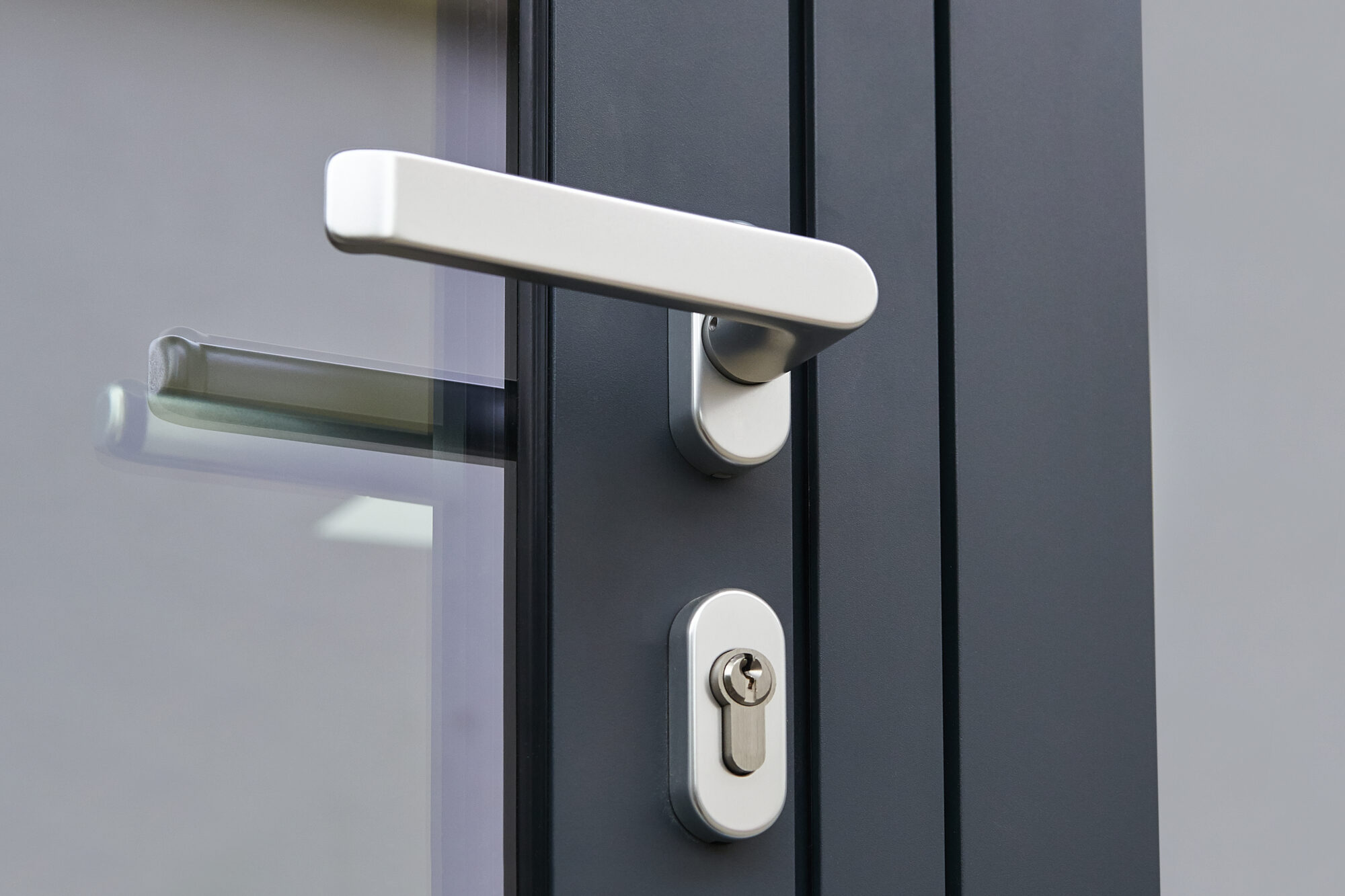© 2025 Genea Energy Partners, Inc. All Rights Reserved.
Some of the most common technologies in building access control are electric strike locks and magnetic locks. Both these...
An emergency exit is a doorway specially designed to help people move out of the building during emergencies such as fire,...
Talk to an expert
Give us a call




